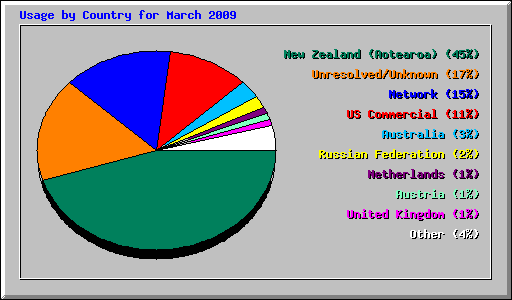Building links to your website (backlinks) is an essential, yet time consuming job for most of us, so here are a few tools and tips to make this job easier.
Google Alerts
Google Alerts is a free programme run by Google that allows you to keep track of any topic on the Internet. You select your "keywords" or "urls" and Google will alert you via email whenever links with content containing your selected topics appear anywhere on the Internet. This is an excellent way to keep informed about your own domain or name. It is also perfect for keeping up-to-date on the latest information in your market niche or area of business and to find out what other people are saying about you or your website.
For example: if you have a site on "classic cars" then you would create a Google Alert for those keywords. Google will alert you by email whenever a new link or content related to those keywords appears on the Internet. This is a great way to stay informed in your niche, but it is also a valuable source of potential linking partners. Many of those links are blogs that will allow comments with a link back to your site.
Google Alerts will probably send you 10-20 links each day, depending on the popularity of your chosen keywords. Just go to these blogs/links and see if you can leave a comment with some valuable additional information on what has been discussed.
To set up Google Alerts for your business go to www.google.com/alerts.
Don't Spam
Keep in mind that there are intelligent people behind most of these blogs, and they will recognise keyword spam when they see it.
Your main goal should be getting targeted traffic back to your site and any link PR should be secondary. Always put the reader or viewer first, especially if it is on someone else's website. Don't talk about your site or your marketing - just join the conversation and add your comments/opinions/suggestions... Enhance their site and they will reward you with traffic and a link. But you still have to keep your own interests in the equation! You have to make sure you get your targeted keywords in the anchor text.
Keyword Market
Keyword Market First, if you've done your homework, your main keywords should already be in your domain name or url.
Another way is to add your "keywords" + "guide" to your signature.
Such as: Name, Your Classic Cars Guide. If you're an expert in your particular niche, many webmasters will kindly welcome your comments and links. Since your main goal is the traffic, many webmasters don't worry if there is a "no follow" attribute attached to the link. But if you are concerned about this - one way is to look at the source code to see if it has the "no follow" tag. I usually copy the whole source code of the page to my text editor and then do a simple "no follow" search.
No Follow
There is also a great little free comment tool called "Comment Kahuna"(www.commentkahuna.com) co-created by Jason Potash which will search blogs and tell you if they have the "no-follow" attribute or not, it will also give you the PageRank of each blog post. If you're going to use blogs as a source of your backlinks, I suggest you try Comment Kahuna - it will make the task much easier and it's free.
Actually, while the "no-follow" issue may be a concern for some, anyone switched on will realise these are links/sites Google is actively indexing and spidering, otherwise you wouldn't get the alert in the first place. You must get your links into this whole mix of related, relevant sites to help raise your own rankings. Also remember the other search engines may not even consider the "no-follow" tag.
Trackbacks
Likewise, creating trackbacks are another way of linking relevant content. Keep in mind, a trackback is simply an acknowledgement via a ping signal that is sent from Site A (originator) to Site B (receptor). Then the receptor often places a link back to Site A showing its worthiness. Again, it is better to consider the quality of the blog or link, rather than the linking structure, as it is targeted traffic that you want, and it doesn't really matter whether the link has "no follow" because interested visitors only see a link they can click for other helpful information.
Other Linking Options
Another useful way to build backlinks is to use Google Search or Google Blog search. For example, if you're looking for niche-related blogs just type in: "(Keywords)" "powered by (blog scripts)" For example, if you're looking for some "classic cars" related links on WordPress blogs, you would search for: "classic cars" "powered by wordpress" And Google would give you a whole list of sites on classic cars. Now if you want to find the links that will allow comments, just repeat the Google search with: "classic cars" "powered by wordpress" "leave a comment" -"no comments" Remember the "-" means posts that have no comments will not be displayed.
If you want to be more knowledgeable about PageRank, Number of Backlinks, Alexa Ranking etc. of particular posts you can download and install the SEOQuake plugin (www.seoquake.com). This handy SEO plugin can be attached to your browser and will give you helpful SEO information on the link or links you're viewing.
Used in conjunction with Google, it can sort through all these blog posts and give you the ones with the highest PR? Highest traffic? Highest number of backlinks? The more knowledge you have, the easier and more effective your link building will become.
Gathering quality backlinks is a tedious job which takes time and patience, but by using Google Alerts you can have relevant keyword related links emailed to you each day. Use this information to help build your backlinks in complimentary related niches. Do this consistently over a period of time and your website will be ranked higher and should be visited more often.





